


Mecha Savant
gamer level 6
11717 xp
11717 xp
followers
12
12
Use my invite URL to register (this will give me kudos)
https://boardgaming.com/register/?invited_by=mechasavant
profile badges




recent achievements

Baron / Baroness
Gain 10 total followers
Gain 10 total followers

Watcher
Follow a total of 20 other gamers.
Follow a total of 20 other gamers.

Reporter Trainee
Earn Reporter XP to level up by completing Reporter Quests!
Earn Reporter XP to level up by completing Reporter Quests!

Comment on your favorite LGS
Add a comment on your favorite local game store page to tell people what you like about your LGS.
Add a comment on your favorite local game store page to tell people what you like about your LGS.
Player Stats
Critic (lvl 1)
295 xp
295 xp
Explorer (lvl 3)
1383 xp
1383 xp
Professor (lvl 2)
681 xp
681 xp
Reporter (lvl 2)
433 xp
433 xp
About Me
I am a strategy lover with a penchant for RPGs, CCGs, video games, and strategy-heavy board games.
I get to manage multiple pieces and work toward a goal? I'm in! I get to micro-manage and customize the role of each piece in the group I control, or go after multiple win conditions with each different piece? Now, I'm obsessed with your game.
Games I'm playing right now:
Legend of the Five Rings (CCG and RPG [Lion Clan]), Chrononauts, Settlers of Catan, Dominion, Heroscape
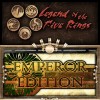








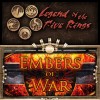

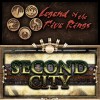
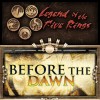








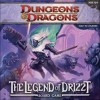
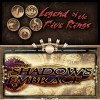
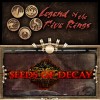
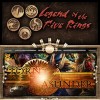


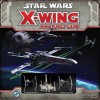

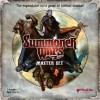




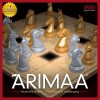

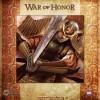

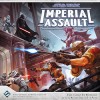










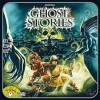

Legend of the Five Rings - Emperor Edition
I can not say enough about this game. It involves a high level of strategy, customization, interaction, and competition. I started a year and a half ago, and I am a huge fan of this game. But this isn’t quite a review of the game, it’s a review of this core set. I’ll be giving my impressions of the starter boxes, as (theoretically) you can play if both players invest in just a starter (but that won’t be enough if you’re like me at all):
This current core set is a step above my expectations. The price for the starter decks has nearly doubled. This would be a HUGE downer, and a possible deal-breaker for me EXCEPT they didn’t just raise the price, they upped the presentation and quality of their product through and through, and raised the price accordingly. I am more than happy to compensate a game company for the work they did, and AEG did plenty.
The art has been a gripping feature of this game since I saw my first card, but the art this arc has really impressed me. If you’re a fan of fantasy feudal Japanese artwork, check L5R out!
The packaging is 150% better than Celestial packaging. There is room in your starter box for a whole sleeved deck (fate and dynasty, SH, and counters) and it’s made of thick cardboard, so it stands up really well. It is a slide-top box (like a board game) versus a flip-top box (like a deck of cards). This means there are no flaps to wear out.
There are three booster packs in each starter, one Emperor Edition (EE), one Second City (SC), and one Defore the Dawn (BtD), as well as some pre-cut counters, a rule book, and 90 cards (fate and dynasty plus some uncommons and rares).
All in all I gave this game a ten because it truly is the most rewarding card game I’ve ever played. It is a bit steep on the learning curve, though. It’s not bad, but be prepared to devote a bit of time to the mechanics and interactions of cards. It’s a huge benefit to have someone who knows the game to teach you.